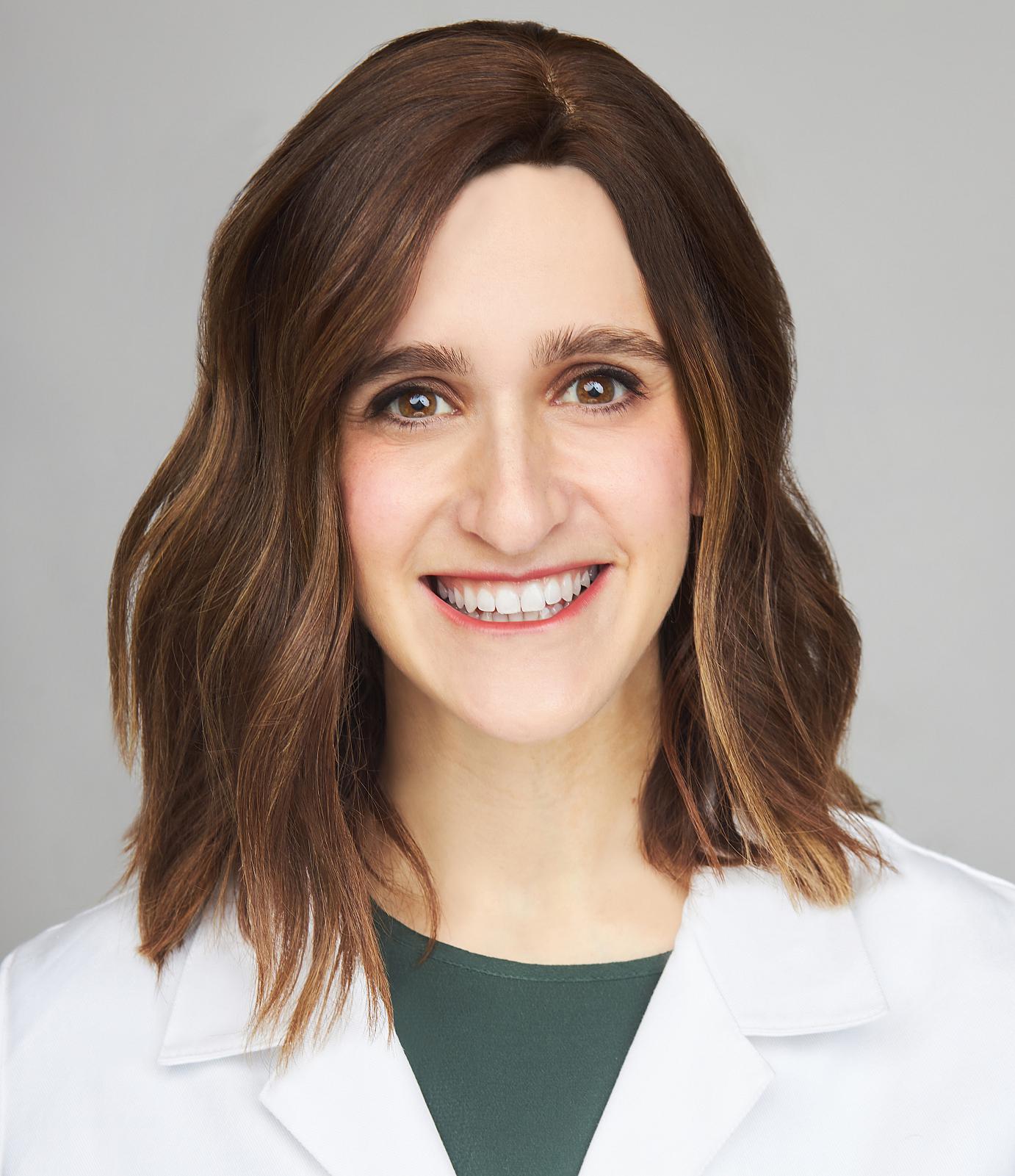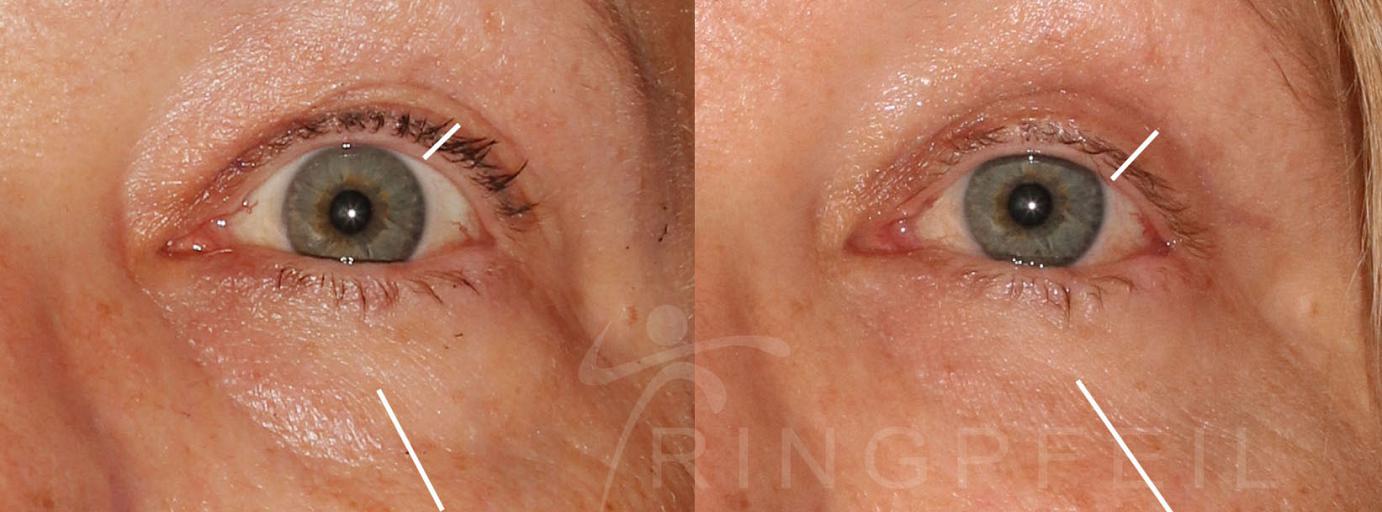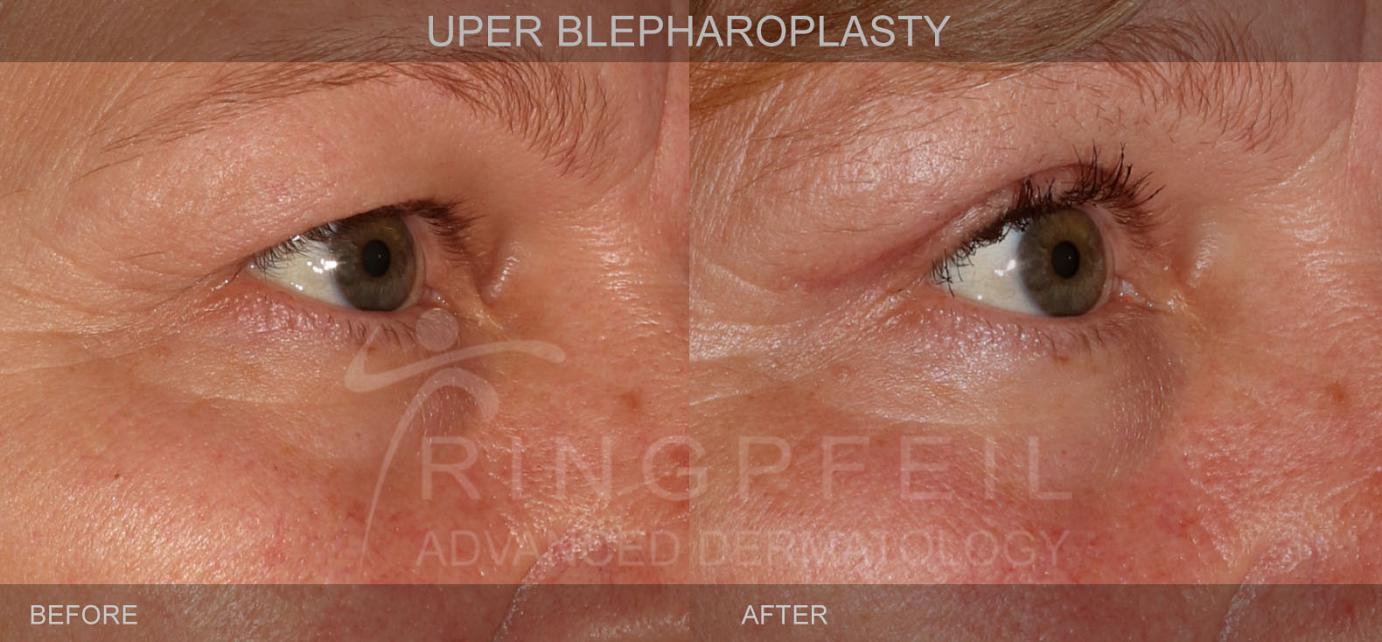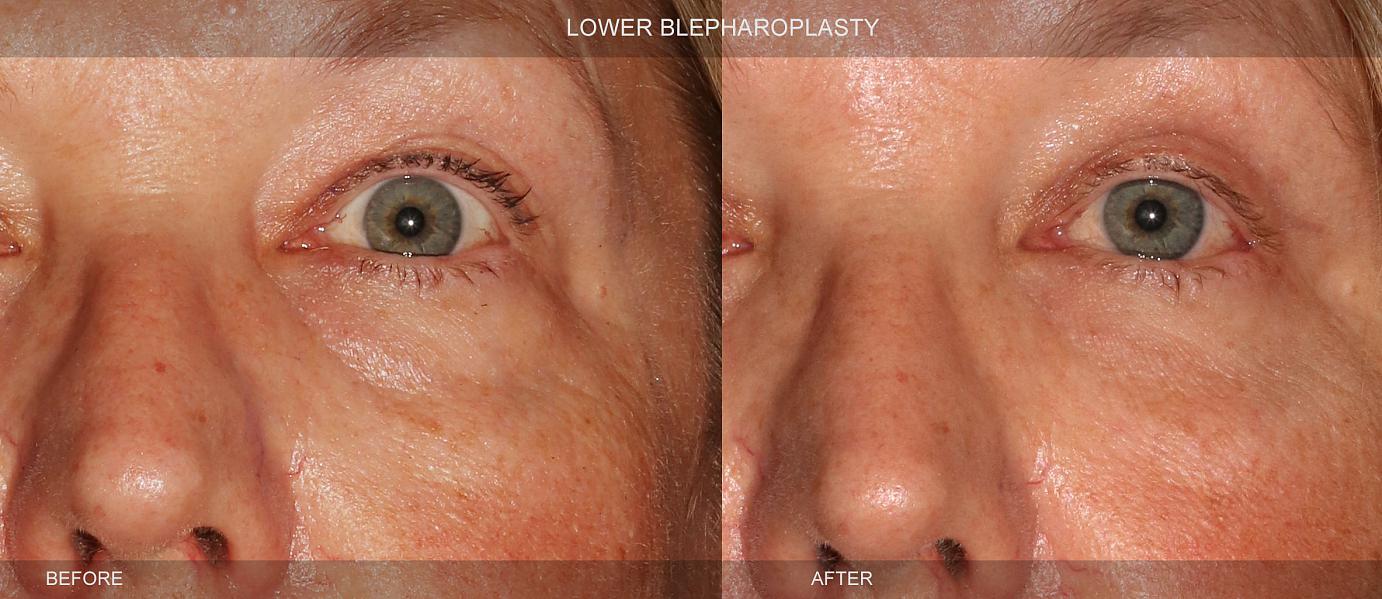Written by Dr. Ringpfeil

The aging process often leads to drooping eyelids, causing heaviness in the upper eyelids and the emergence of puffy bags or dark circles below the eyes.
Blepharoplasty is a surgical remedy that addresses excess sagging skin and irregular contours due to fatty protrusions, aiming to rejuvenate one’s appearance. Both lower and upper eyelid concerns can be addressed effectively in the surgery.
Dr. Krausz, a specialist, provides various effective treatments and procedures to revitalize the eyes, enhance skin tightness, and restore a more vibrant aesthetic.

Dr. Aimee Krausz is a highly skilled Double Board-Certified Mohs micrographic and facial reconstructive surgeon specializing in cosmetic eyelid surgery and complex facial plastic reconstruction post skin cancer removal. Her expertise lies in both surgical and non-surgical cosmetic procedures, enabling her to tailor advanced techniques for natural and harmonious results.

The thin eyelid skin is typically the first to show visible signs of aging, which may include:
An upper blepharoplasty aims to remove excess upper eyelid skin causing drooping. Patients often report difficulties with makeup application, smaller-looking eyes, and a tired appearance, all of which can be addressed with this procedure.

An upper blepharoplasty is typically an in-office procedure performed under local anesthesia, taking about 30-60 minutes. Careful markings are made pre-surgery to ensure natural eyelid closure post-operation. Fat pads in the eyelids may be adjusted for a more youthful appearance.

First 48 hours: Patients are advised to apply ice to the eyelids, rest, and keep their head elevated. Initial recovery might involve swelling and bruising but minimal discomfort.
6-7 days: Patients return for examination and suture removal.
2-3 days: Most patients can resume daily activities, but strenuous activity should be avoided until after the first post-operative visit.
Specific post-operative instructions will be provided during the visit.
As we age, eyebrow positioning can influence the appearance of hooded skin around the outer eyelid. Combining blepharoplasty with a brow lift can restore a natural brow arch and enhance the overall look.
Lower blepharoplasty targets lower eyelid bags, hollowness, dark circles, and sagging skin. It’s typically performed using local anesthesia and light sedation.
While upper blepharoplasty primarily addresses excess skin, lower eyelid surgery is more multifaceted. It may involve removing or repositioning lower eyelid fat, tightening the skin, or a combination tailored to individual needs.

Incisions are usually made inside the eyelid to minimize visible scarring. Bulging fat pads may be removed or repositioned. The procedure, taking 1-2.5 hours, can also address skin laxity through CO2 laser resurfacing or a tightening procedure.
In patients with pre-existing eyelid laxity, a canthal suspension procedure might be performed for additional support and to prevent complications.
0-48 hours: Patients are advised to apply ice to the eyelids and keep their head elevated. Swelling and bruising are expected and vary.
2 weeks: Swelling and bruising may persist.
2-3 days: Patients can usually return to regular daily activities, avoiding strenuous activity until after the first post-operative visit.
6-7 days: Patients return for examination and suture removal.
Fat transfer involves taking fat from one area of the body, processing it, and injecting it into the face. This procedure can add volume to hollow areas, smooth facial lines, and wrinkles, particularly in the thin eyelid skin.
The procedure starts with harvesting fat from areas like the abdomen or thighs. The harvested fat is then purified and processed into micro and nano-fat particles. These are injected into desired areas with a small cannula.
Micro and nano-fat particles have advantages including better survival, reduced inflammation, and a smoother consistency, especially under thin lower eyelid skin.
Patients ask Dr. Ringpfeil answers
Please feel free to use this form to ask our dermatologists questions about this treatment.